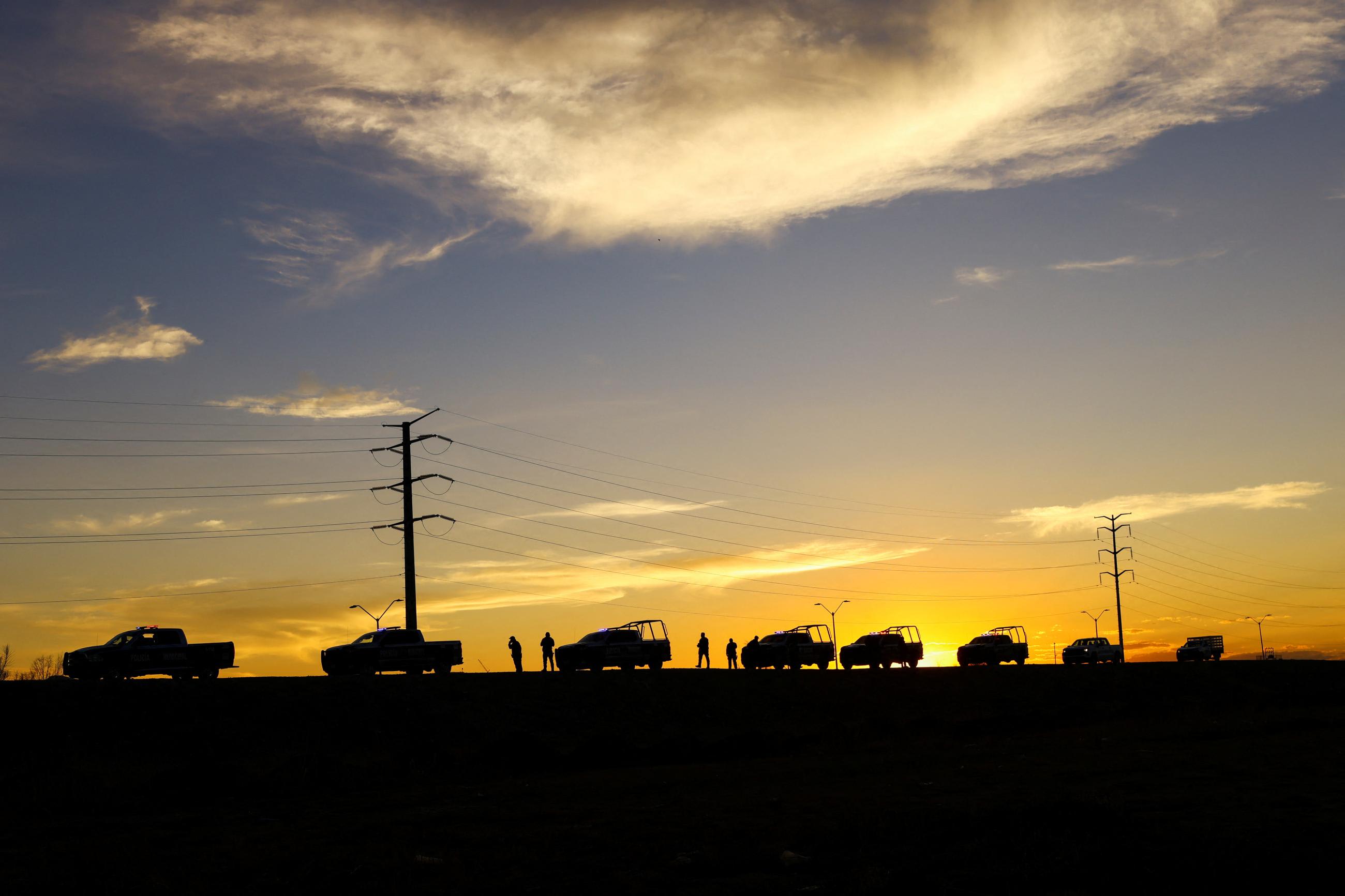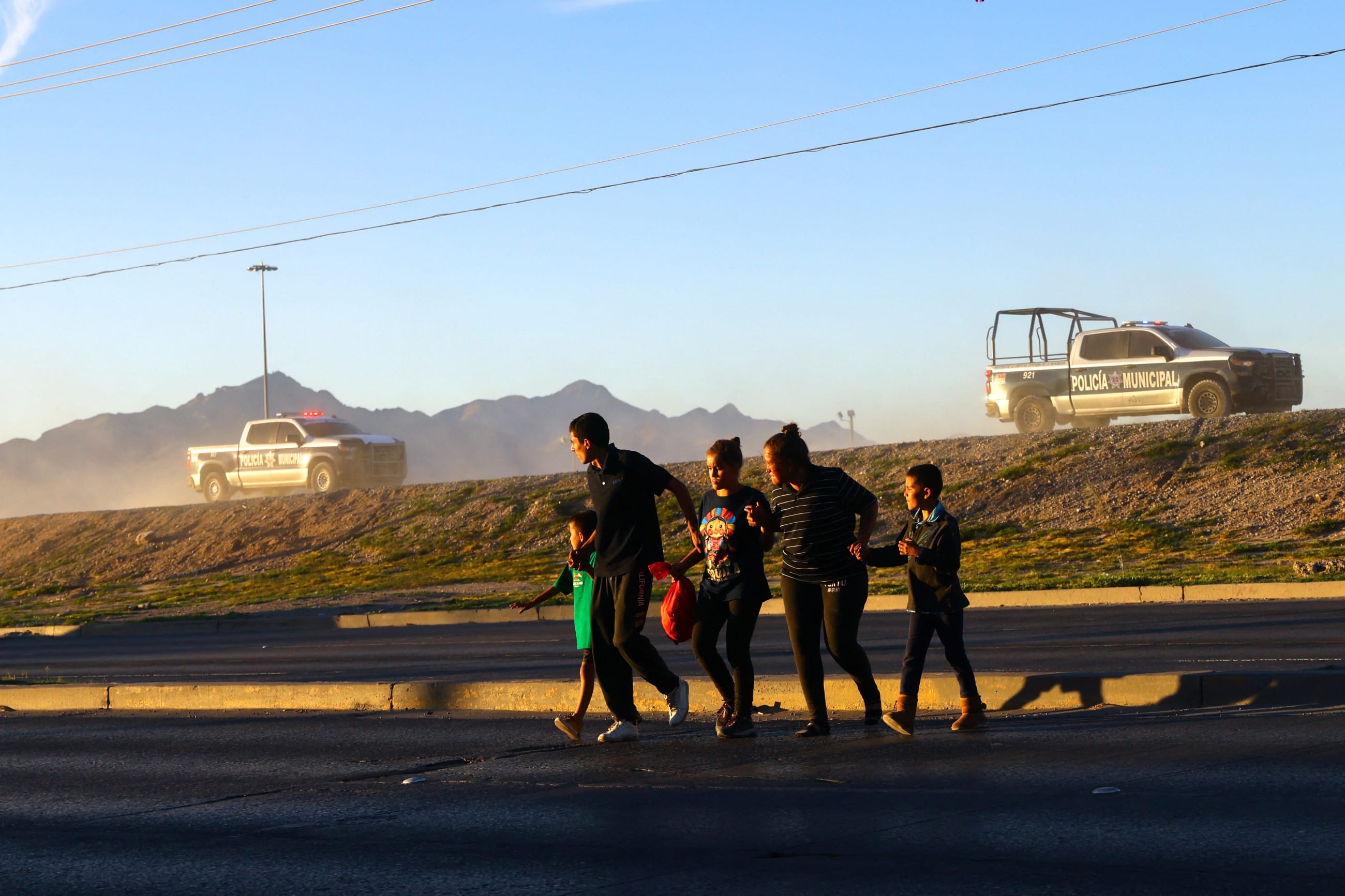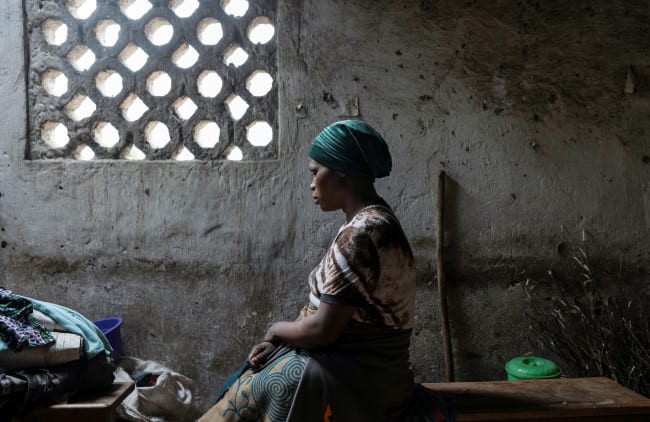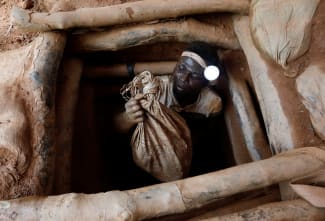Readers in the United States may be familiar with headlines about a recent "migrant crisis" in their major cities, but a perpetual one is ongoing in Mexico.
An estimated 225,000 migrants are presently stranded in Mexico, including people from Central America, the Caribbean, South America, Eastern Europe, South Asia, and sub-Saharan Africa, most waiting for an opportunity to cross into the United States. This year Mexico has received a record number of requests for refuge, a 31 percent increase over 2022. Although only a small share of migrants formally request refuge, allowing them to transit through the country without being detained by immigration authorities, it's one of the few official statistics that characterize the magnitude of people on the move.
Asylum seekers facing backlogs from overwhelmed immigration authorities have grown desperate: last month, dozens of migrants tried to force their way into a government facility, resulting in injuries. Migrants, who for many years have crossed the country by hitching rides on freight trains, have been involved in so many accidents that the main railroad company temporarily suspended operations on sixty trains. In the capital and the main border towns in the south and north of the country, shelters are full, forcing many people to sleep on the streets in unsafe and unsanitary conditions. Mexico's health institutions have proven incapable of satisfying the health needs of this torrent of people.
An estimated 225,000 migrants are currently stranded in Mexico
Alarmed by the growing number of migrants sleeping on the streets of the main cities of Chiapas, the Mexican state through which migrants enter from Guatemala, we conducted a rapid assessment of the health needs of this population through interviews.
A Challenging Journey, and an Even More Challenging Arrival
Getting from South America to Mexico involves crossing the Darien Gap, a sixty-mile route through dense rainforest that is full of perils. Migrants must cross uneven terrain and traverse dangerous rivers, where drinking water and food are scarce and often unsanitary, prey to mosquitoes that transmit malaria and dengue fever, and to criminal groups. Those with health conditions do not receive adequate care. Migrants are also exploited by criminal gangs, who may demand exorbitant sums for assistance crossing into the United States, or outright rob, extort, or kidnap them.
Travelers are exposed to one another's tragedies, too, which can seriously affect their mental health. Edwin, a thirty-three-year-old Venezuelan who we interviewed in Tuxtla Gutiérrez, the capital of Chiapas, crossed the Darien last month with his wife and two children, ages eight and eleven, and said the children were traumatized by the sight of dead bodies. "They have to pass by a little side and turn their faces away. It's horrible."
Despite the harshness of the Darien Gap, several people said the violence and corruption of Mexican immigration authorities was worse. María Eugenia, a forty-seven-year-old Venezuelan woman, said the police and other authorities stole from migrants and "continually put obstacles in our way." In the poor living conditions that await them, be it overcrowded shelters or the streets, migrants are at risk of contracting respiratory, gastrointestinal, and skin infections and are exposed to further violence.
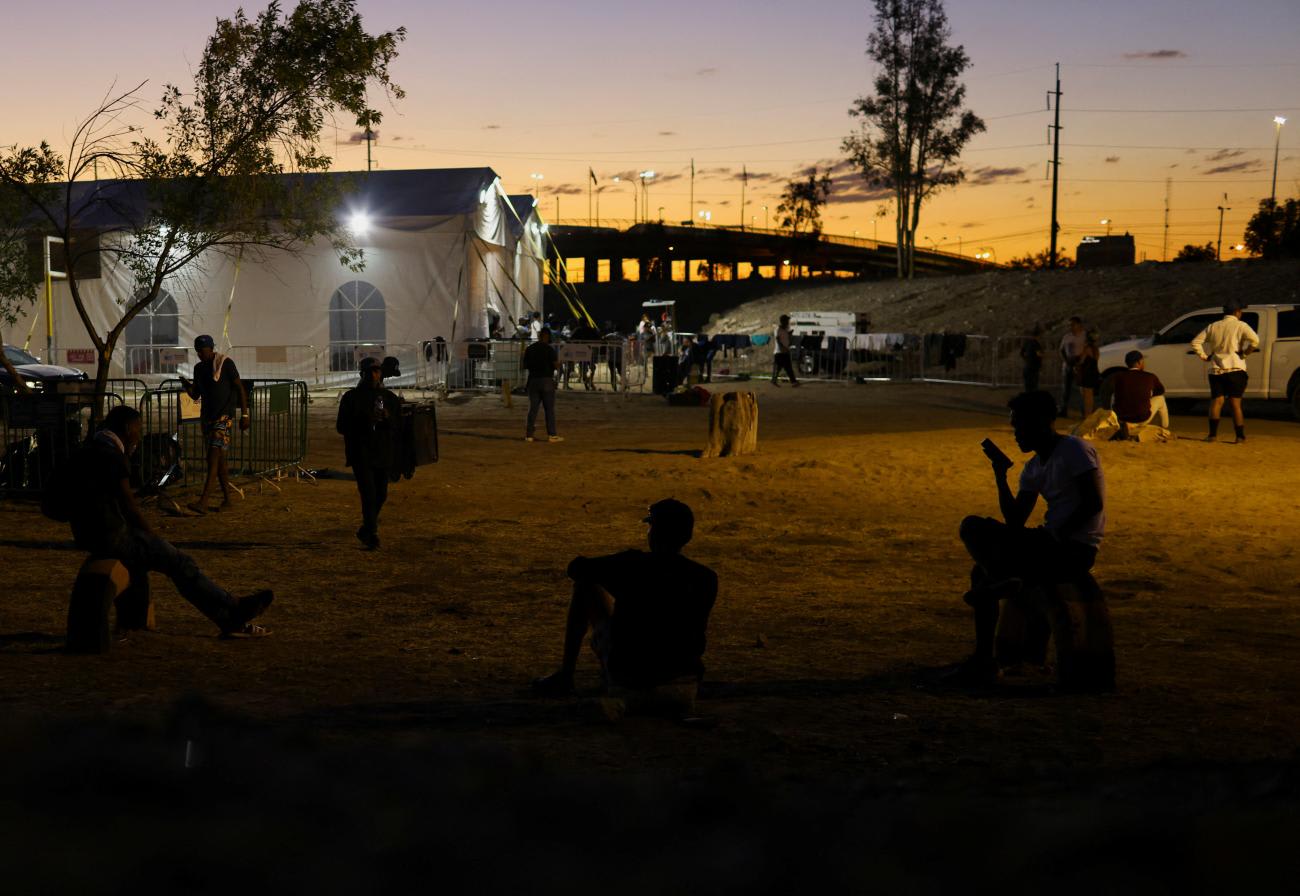
Although health organizations support migrants during their journey through Central America, several said that none had offered support or guidance on how to access health services since their arrival in Mexico. While crossing through Honduras, an eleven-year-old boy from Venezuela had been diagnosed with a life-threatening illness and hospitalized for eight days, allowing him to recovery sufficiently to reach Mexico. His parents, though, were worried about continuing his treatment, they told us, because they did not know where to seek care without the risk of being reported to immigration authorities.
Migrants in Mexico are entitled to health care, but many aren't receiving it. The country's Comprehensive Health Care Plan for the Migrant Population guarantees health care for the migrant population but has not been fully funded nor implemented. Whether out of ignorance or discrimination, some public health personnel ask migrant patients for personal identification as a requirement to receive care, even though doing so is unconstitutional. It deters some migrants from seeking care entirely, because they fear personnel will report them to immigration authorities or because they are unaware about their legal rights. Other receive health services but are treated disrespectfully or charged fees for services and medicines that ought to be free.
Many migrants end up paying high prices for consultations and medicines in the private sector or fail to receive care at all.
The Way Forward
Mexico's migration crisis demands an urgent change of course by immigration authorities, the Ministry of Health, and nongovernmental organizations.
First, the Ministry of Health needs to train health-care administrators and providers about migrants' right to health care and to ensure that its personnel receive continuing education in migrant care. The recently launched Regional Hub for Capacity Building on Migration and Health, a collaboration between the International Organization for Migration and academic institutions, is one such example. The Ministry of Health should also establish surveillance systems for the detection and reporting of violations of migrants' rights perpetrated by public health staff.
Mexico's migration crisis demands an urgent change of course by immigration authorities, the Ministry of Health, and nongovernmental organizations
Second, academic institutions, nongovernmental organizations, and the Ministry of Health need to gather more reliable data on the demographics and health needs of migrants in each of the localities they are concentrated in order to set priorities and efficiently allocate resources. At present, even the age and sex distribution of migrants in Mexico is uncertain, and little detailed, up-to-date information about the burden of disease affecting them is available. Without knowledge of migrants' health, it is impossible to know what interventions are needed and thus to advocate for the resources they require. The Ministry of Health could start by improving existing data collection systems, including health units' electronic medical records and the Border Migration Survey, to better characterize the migrant population. Civil society and academic institutions could help by gathering information independent of the government.
Third, immigration authorities should strengthen their collaboration with the Ministry of Health and nongovernmental organizations. To date, they have typically cooperated only for the prevention of contagious diseases such as malaria and COVID-19, the main goal being to protect the local population. It is estimated that only 70 percent of temporary detention centers provide migrants with medical services, despite a legal requirement to do so. The Ministry of Health could deploy more clinicians to detention facilities and temporary shelters operated by the National Institute of Migration to care for the totality of migrants needs, and complete the implementation of electronic medical records to monitor the care provided in these facilities.
According to nongovernmental organizations in the health sector that have sought to work with immigration authorities to address migrants' health needs, the authorities have not always been cooperative. It would be helpful to develop memoranda of understanding between health nongovernmental organizations and immigration authorities to formalize their collaboration, like the agreement previously adopted with the mediation of the Spanish Development Agency to identify asylum seekers who were survivors of sexual violence in order to address their needs.
Without knowledge of migrants' health, it is impossible to know what interventions are needed and thus to advocate for the resources they require
Finally, the United States needs to increase support for migrants' health needs as well as to promote health sector development in their countries of origin, which is part of its strategy to reduce migration flows. The way migrants' health needs are addressed early in the journey will affect their health status at the final destination, taking pressure off the U.S. health-care system.
Migratory flows are not going away. Because Mexico's geographic location makes it, for many people, the gateway to the Global North, the country will continue to be an important crossing point for migrant populations. It's urgent and essential to limit and mitigate the impact of migration on their health rather than to repress people in search of a better life. As United Nations Secretary-General António Guterres said, "We can't deter people fleeing for their lives. They will come. The choice we have is how well we manage their arrival, and how humanely."
